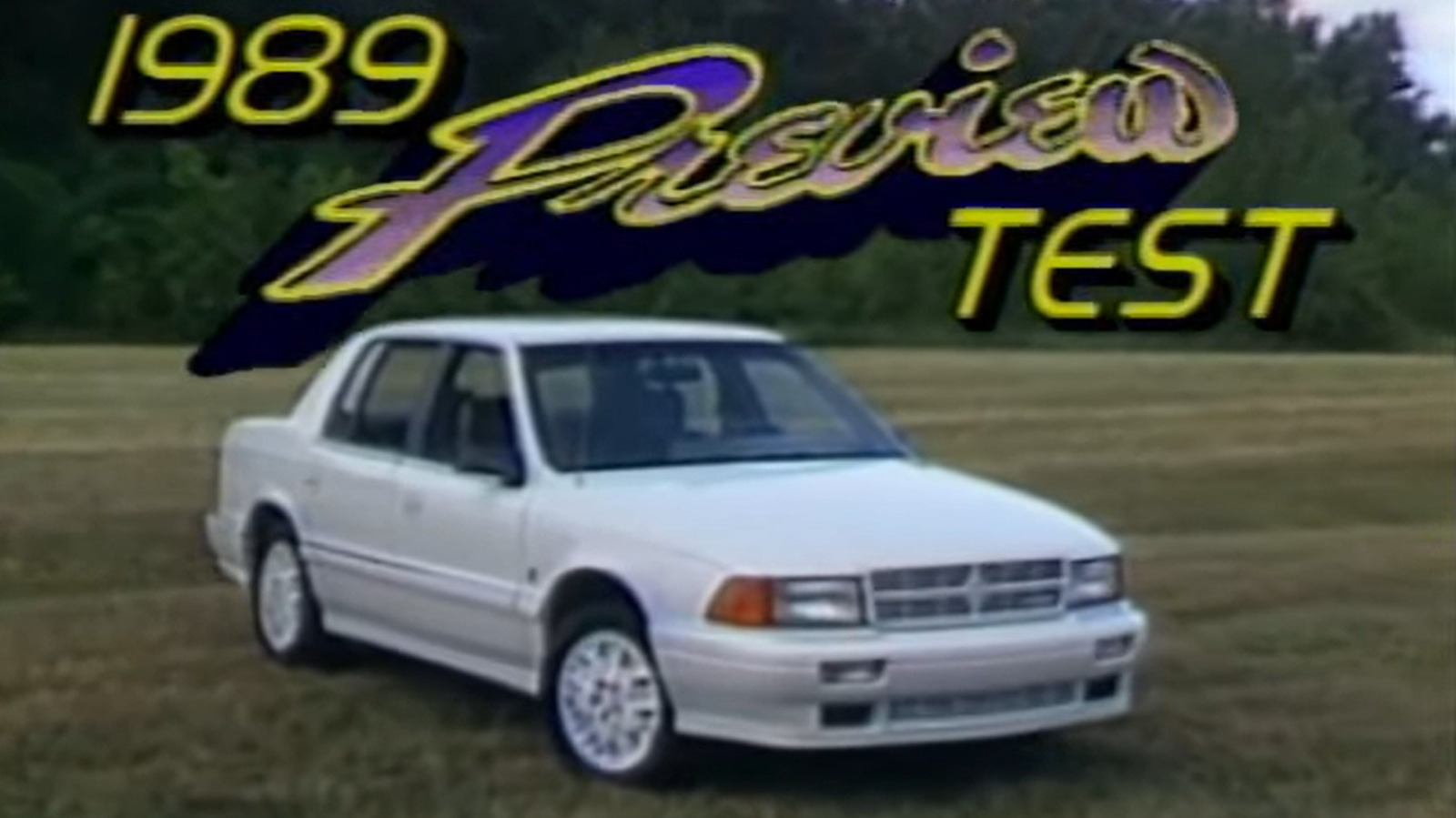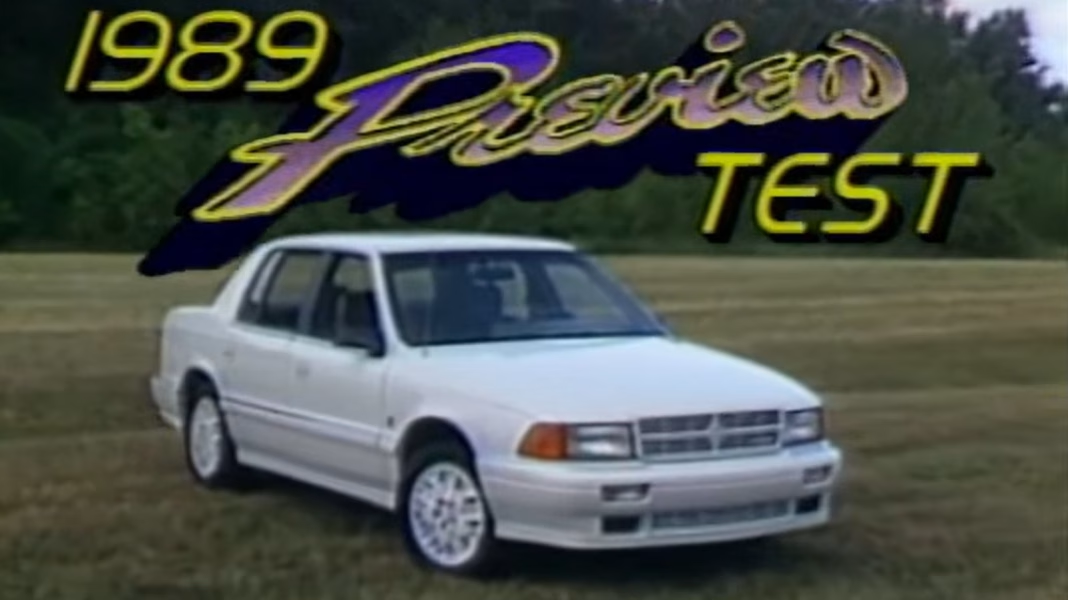Which Forgotten 1980s American Cars Are Worth Remembering?
Ever wonder what happened to all those quirky American cars from the 1980s? The ones that aren’t showing up at your local classic car show, or even in most car museums? You’re not alone. While names like Mustang and Corvette still get plenty of love, a whole generation of unique, sometimes oddball vehicles has quietly slipped into obscurity. Yet, for car enthusiasts and nostalgia seekers, these forgotten models are a treasure trove of stories, design experiments, and automotive lessons.
Why Did So Many 1980s Cars Disappear From the Spotlight?
It’s not just that they were unpopular. The 1980s were a time of rapid change in the American auto industry. Automakers were scrambling to adapt to stricter emissions regulations, rising fuel prices, and a sudden influx of competition from Japan and Europe. The result? A flurry of new models, some of which were ahead of their time, while others were simply out of step with what buyers wanted.
Take the Pontiac Fiero, for example. Launched in 1984 as America’s first mass-produced mid-engine sports car, it promised innovation but struggled with reliability and performance issues in its early years. Or consider the Chrysler TC by Maserati—a luxury coupe that tried to blend Italian flair with American practicality, but ended up pleasing almost no one. These cars weren’t necessarily bad; they were just caught in the crosswinds of shifting trends and evolving technology.
What Makes These Obscure Cars So Fascinating Today?
If you dig beneath the surface, many of these forgotten models were actually pioneers. The Dodge Omni GLH (short for Goes Like Hell) was one of the earliest American hot hatches, offering turbocharged fun at a time when most compact cars were anything but exciting. The Buick Reatta, a hand-built two-seater, featured a touchscreen interface years before that became standard. Even the AMC Eagle, with its all-wheel drive, foreshadowed the crossover craze by decades.
These cars tell a story about risk-taking and reinvention. They’re reminders that innovation doesn’t always mean instant success—and that sometimes, the most interesting vehicles are the ones that didn’t quite fit in.
How Can You Spot a Hidden Gem From the 1980s?
If you’re thinking about adding a classic car to your garage, don’t overlook these underappreciated models. According to Hagerty, values for certain 1980s oddballs—like the Chevrolet Citation X-11 or the Mercury Capri—have started to climb as younger collectors look for something different from the usual muscle car fare. The key is to look for cars with a compelling backstory, limited production numbers, or features that were ahead of their time.
Of course, parts availability and maintenance can be a challenge. Many of these vehicles were built in small numbers, so finding original trim pieces or mechanical components may require patience (and a few late nights on enthusiast forums). But for those willing to put in the effort, the payoff is a car that stands out in any crowd.
What Can We Learn From the Rise and Fall of 1980s American Cars?
There’s a certain charm in the imperfections of these vehicles. They reflect a moment when American automakers were willing to experiment, sometimes wildly, in the face of uncertainty. Not every gamble paid off, but the legacy of these cars lives on in today’s automotive landscape—whether it’s the resurgence of turbocharged engines, the popularity of crossovers, or the return of retro-inspired design.
If you’re curious to see these forgotten rides in action, MotorWeek’s 1980s retro review marathon is a goldmine. Their archives are packed with footage and commentary that bring these cars back to life, quirks and all.
The big takeaway? Chasing after the perfect classic car isn’t the point. Sometimes, it’s about finding the oddball, the misfit, or the underdog—and appreciating the unique story it has to tell. Start by learning about one forgotten model this week, and you might just find yourself hooked on the thrill of discovery.


